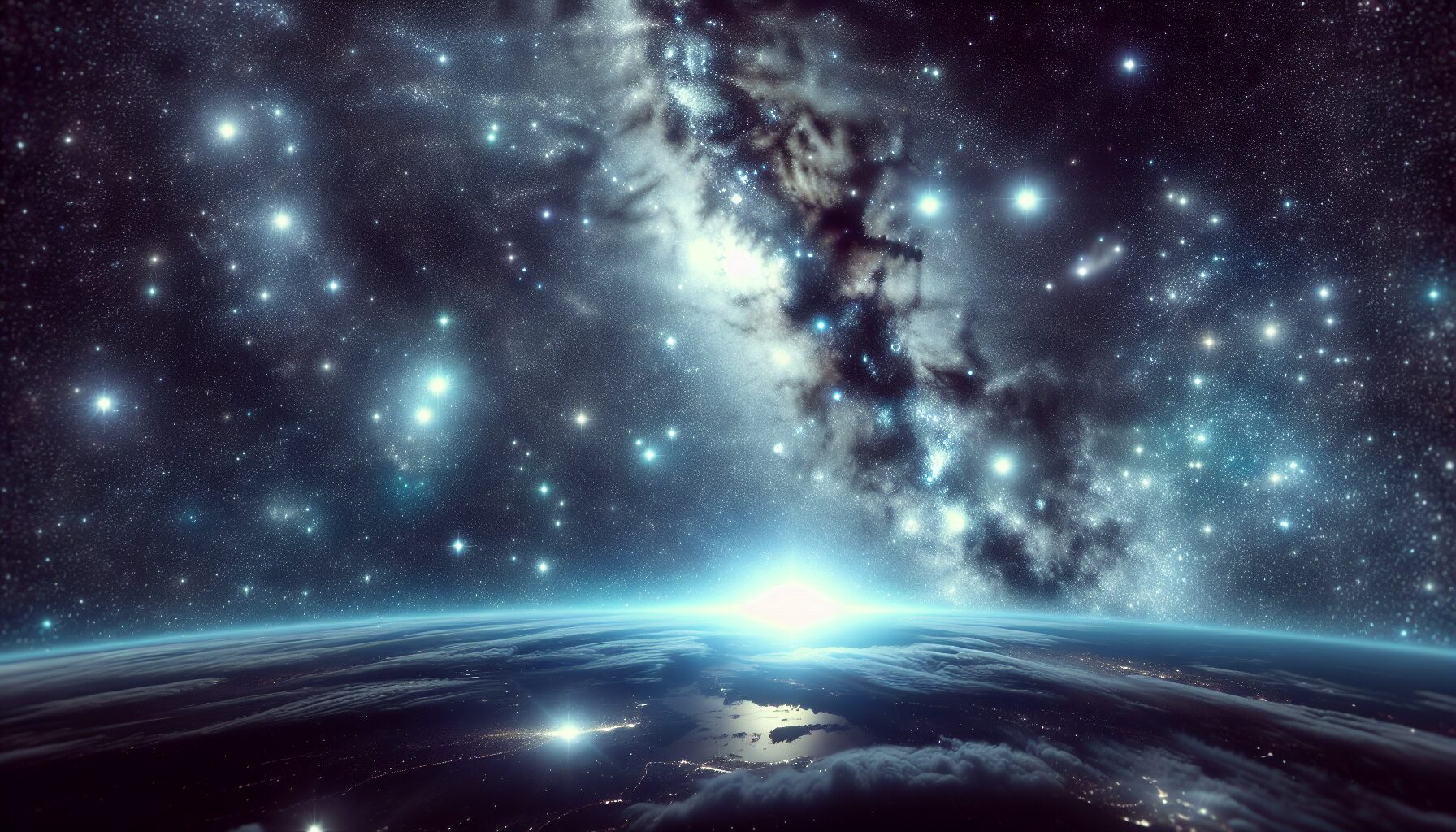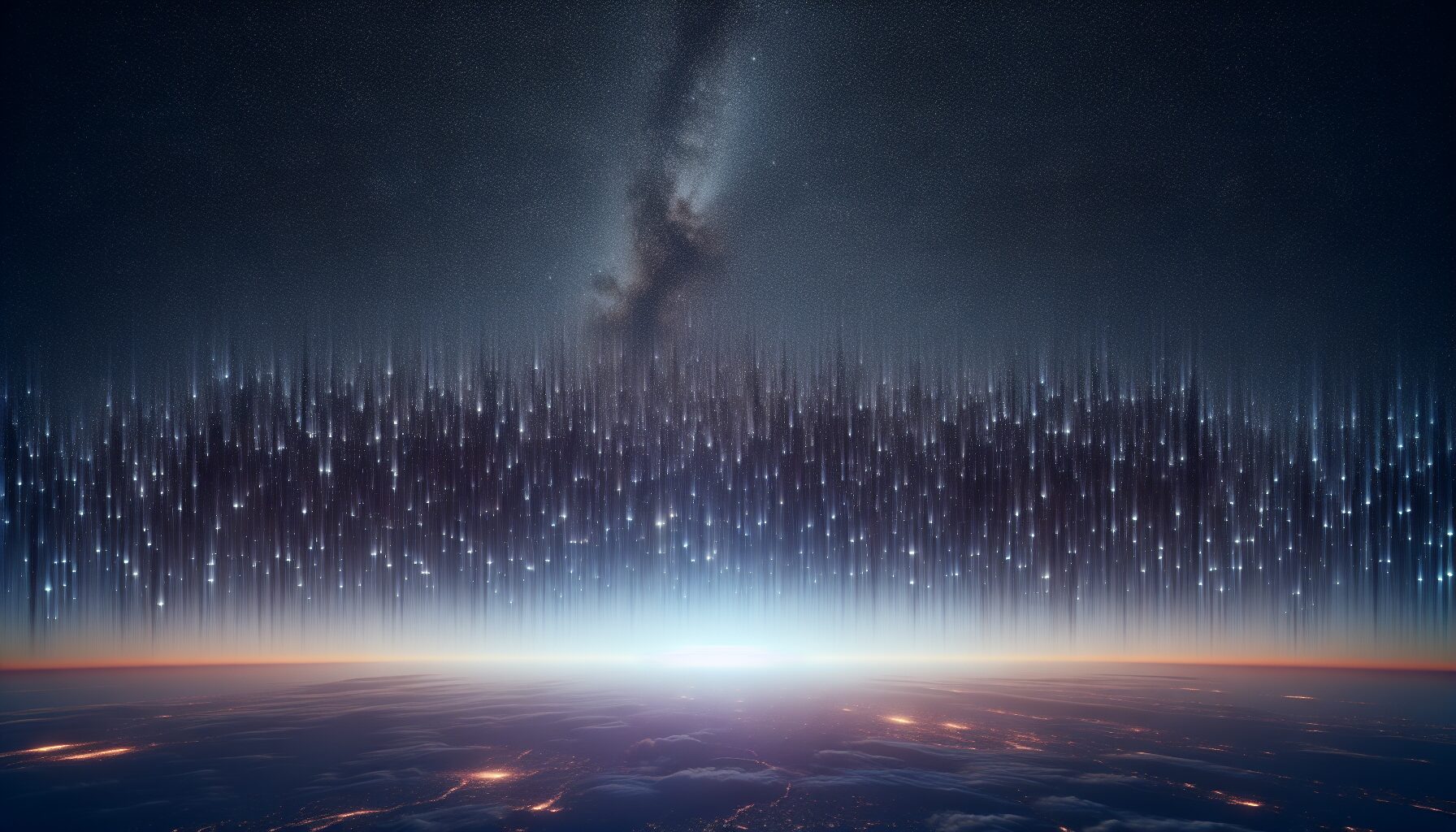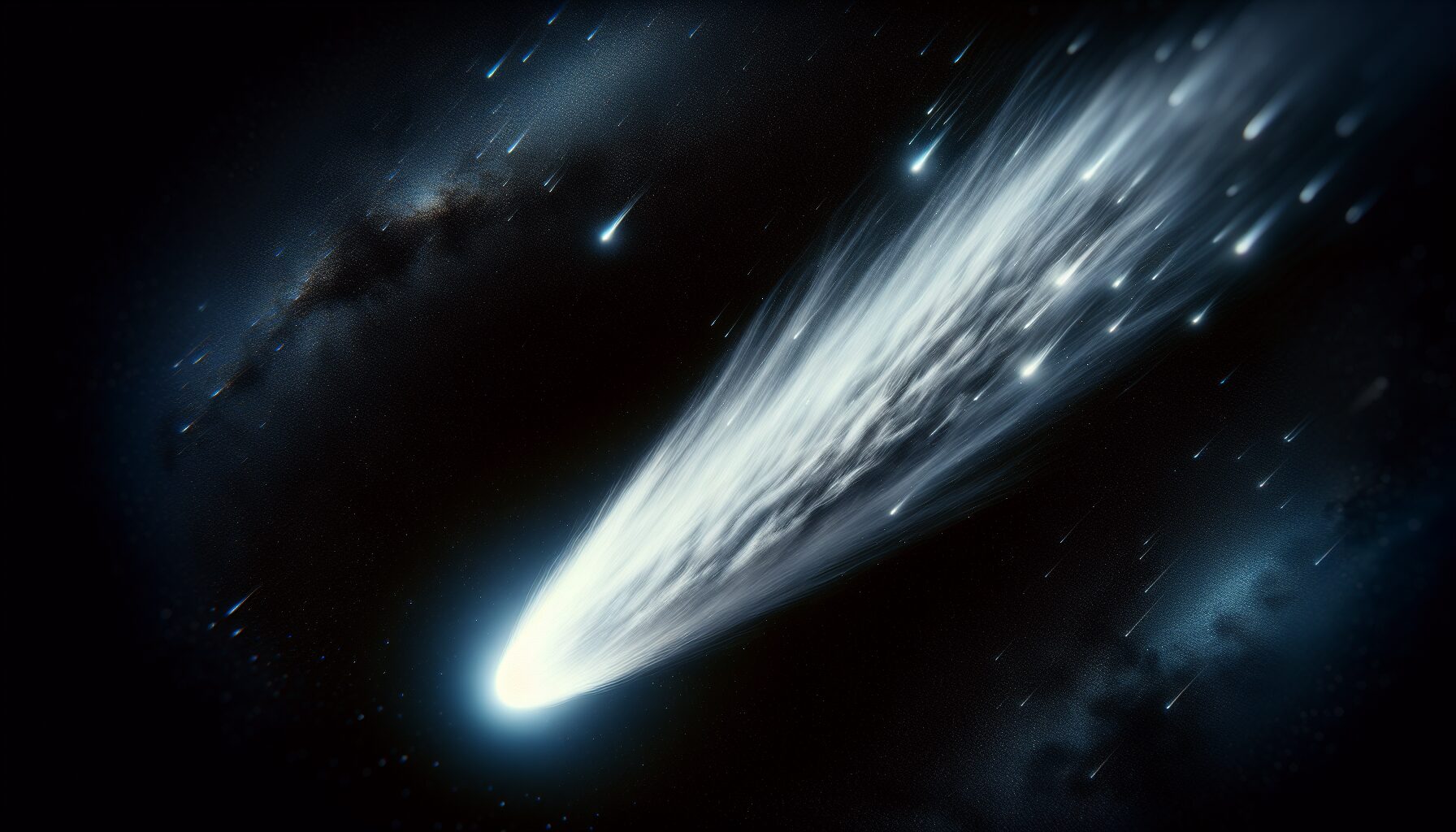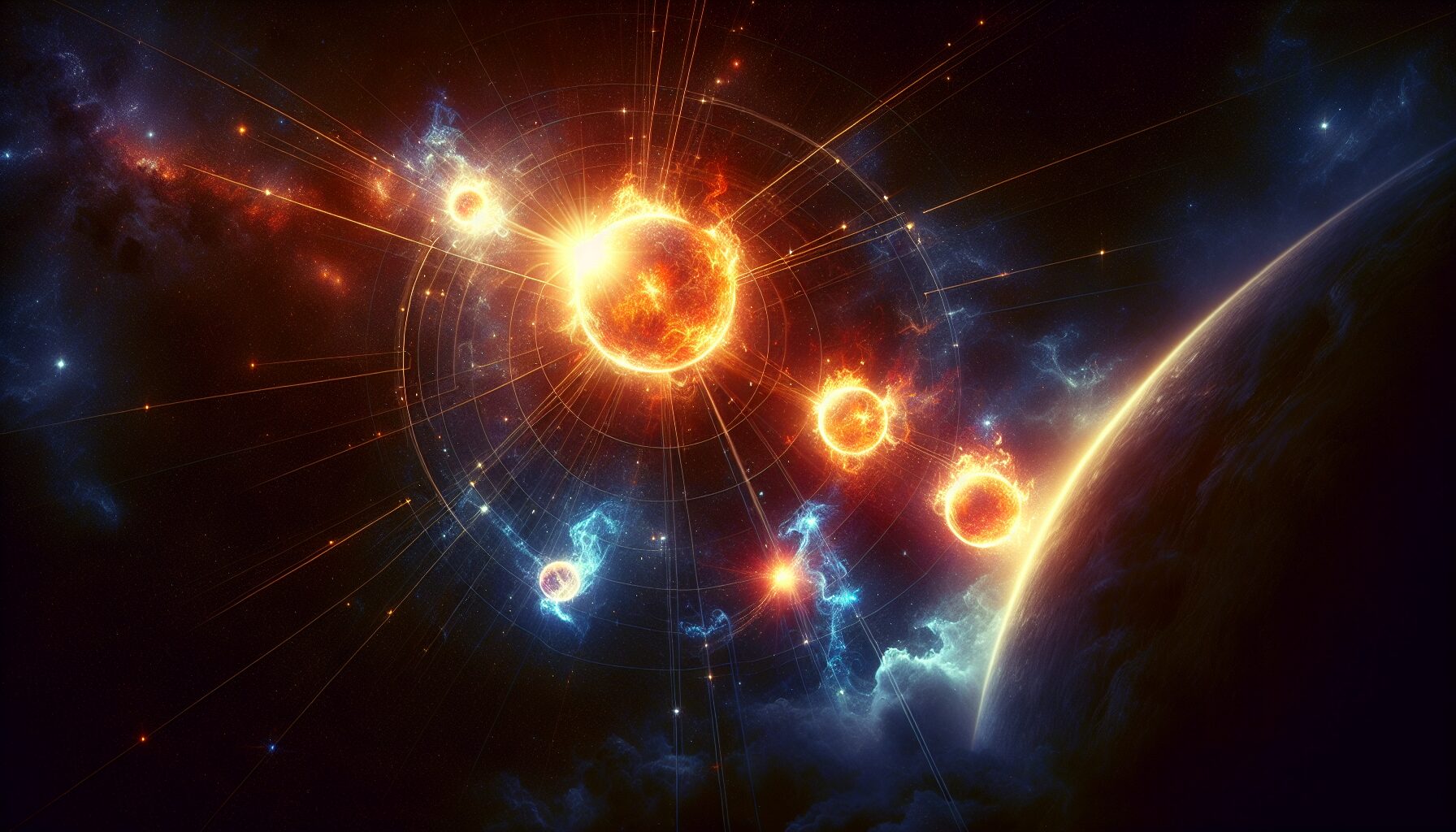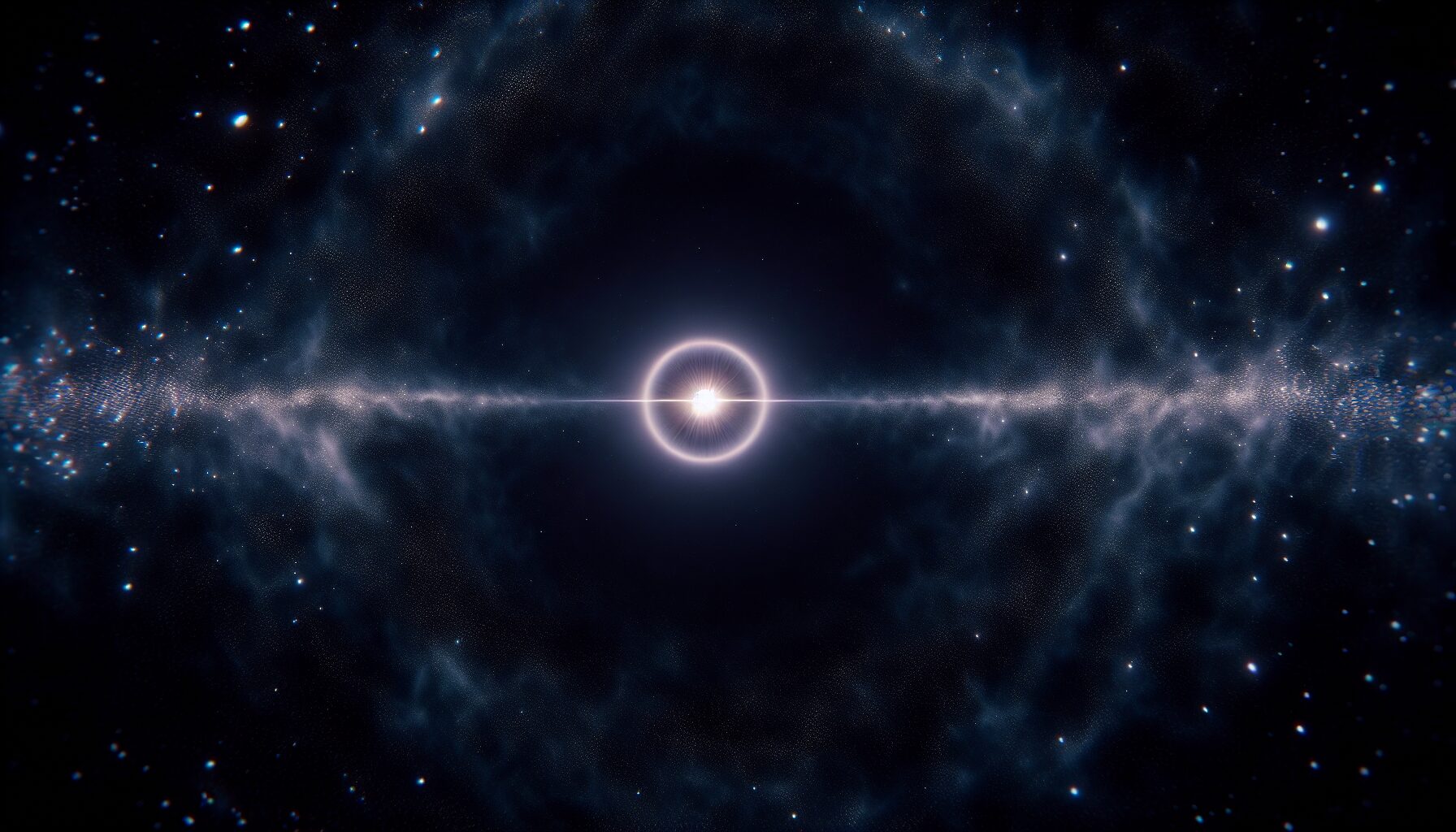Light Years as Epitaphs: The Last Words of Stars
In the cosmic theatre, stars are the luminaries in an enormous universe, illuminating the void with their radiant brilliance. Just like all performers, they have their final act. The demise of a star is an awe-inspiring spectacle, leaving behind remnants that continue to speak their stories across light years. These stellar epitaphs are not merely tales of endings but are also the beggings of new cosmic journeys.
The Lifecycle of a Star
Stars form from massive clouds of gas and dust, where gravity pulls these materials together into a dense ball. Adventure begins when the heat and pressure within these nascent stars ignite nuclear fusion. This balance between gravitational collapse and outward pressure creates a harmony that can last billions of years, during which stars shine brightly in the cosmic panorama.
“We are stardust, we are golden, and we’ve got to get ourselves back to the garden.” – Joni Mitchell
The Spectacular End: Supernovae and Beyond
As a star exhausts its nuclear fuel, the scales of balance tip inevitably toward collapse. For massive stars, this results in a supernova, a cataclysmic explosion that outshines entire galaxies for brief periods. According to NASA, “The supernova explosion blasts most of the star’s material away in a tremendous burst of energy that can be observed for weeks or even months.”
Following a supernova, the core that remains can become a neutron star or, if sufficiently massive, a black hole. These remnants remain as celestial tombstones, silently dictating the narratives of their past lives. The light and material they eject fertilize the cosmos to create the next generation of stars.
White Dwarfs: Twilight of the Stars
Lesser stars like our Sun end their lives more quietly. They shed outer layers to create a planetary nebula, encasing the core that becomes a white dwarf. These remnants, according to the European Southern Observatory, are “extremely dense, with temperatures exceeding 100,000 degrees.”
White dwarfs slowly cool and fade over billions of years, eventually becoming black dwarfs—stars that have ceased to emit light. However, since the universe is not old enough for any to have formed yet, this stage remains hypothetical—a silent epitaph yet to be written.
The Cosmic Legacy of Stars
- Black Holes: These enigmatic phenomena result when stars of more than 20 solar masses collapse, leaving behind a point of infinite density known as a singularity.
- Neutron Stars: The remnants of exploding massive stars, with densities so extreme that a sugar-cube sized amount would weigh about a billion tons on Earth.
- Planetary Nebulae: These colorful clouds of gas were once the outer layers of a red giant star. They brightly paint the universe with elements essential for planet formation and life.
Astronomical Artifacts as Cultural Symbols
The echoes of these celestial events permeate cultural narratives and scientific exploration. The Crab Nebula, the remnant of a supernova witnessed by Chinese astronomers in 1054, continues to fascinate with its vibrant threads of gas and pulsing neutron star at its heart.
In striking contrast, the eventual collapse of our Sun into a white dwarf will silently illuminate the far reaches of our galaxy, leaving what astrophysicists like Neil deGrasse Tyson describe as “a cosmic monument, a lighthouse in the dark sea of cosmic oblivion.”
The Eternal Reverberation of Stars
Just as poets and philosophers have sought immortality through words, stars leave enduring legacies that echo through time and space. The last words of stars, as cosmic epitaphs etched in light years, are not final farewells but interstellar whispers that narrate the continuing evolution of the universe. They teach us about the past, illuminate the present, and point toward the enigmatic destinies that await in the unfathomable future.
